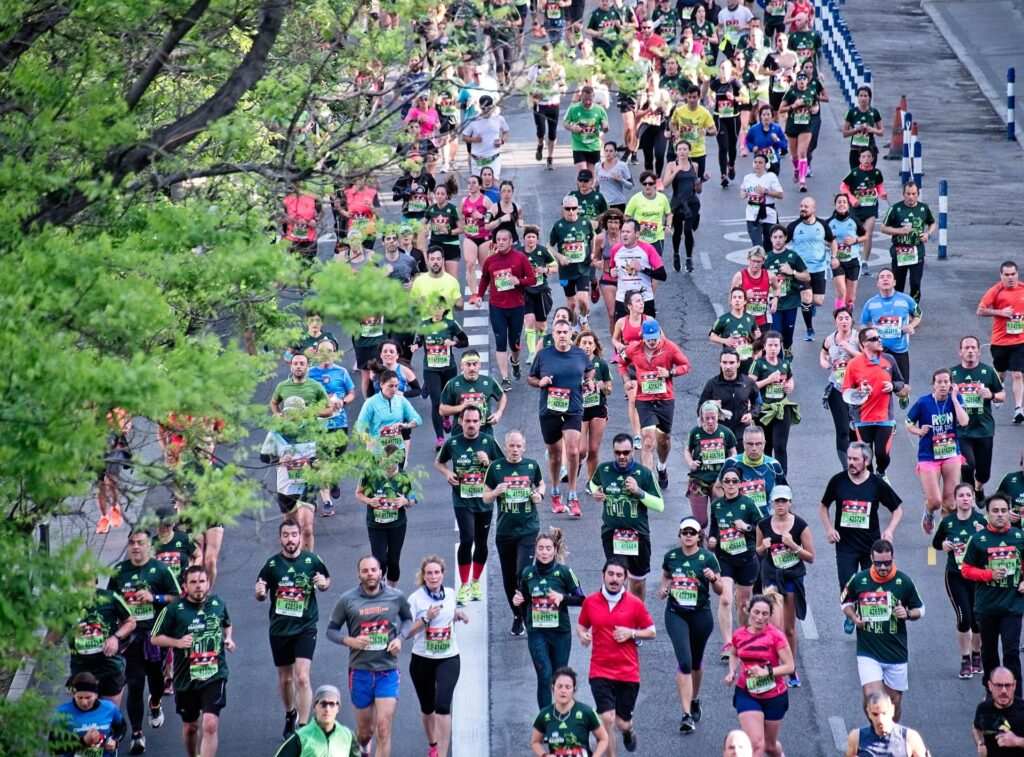
Introduction
When large crowds gather at events, public health becomes a paramount concern. Managing the well-being of attendees in crowded venues requires a strategic and comprehensive approach known as mass gathering medicine. This specialized field of medicine focuses on preventing, identifying, and responding to potential health risks during mass gatherings. In this blog, Dr. Michael Hilton will delve into the crucial role of public health in mass gathering medicine and the measures taken to ensure the well-being of individuals at crowded events.
1: Preventive Measures and Health Promotion
One of the primary goals of mass gathering medicine is to prevent health issues before they arise. Event organizers, in collaboration with public health authorities, implement preventive measures and health promotion campaigns to educate attendees about potential health risks and how to mitigate them. This includes promoting vaccination campaigns for contagious diseases, providing information about safe food and water consumption, and encouraging hygiene practices to reduce the spread of infections.
2: Disease Surveillance and Early Detection
Mass gatherings can facilitate the rapid spread of infectious diseases if left unchecked. To mitigate this risk, public health authorities employ disease surveillance systems that monitor for any signs of outbreaks or unusual patterns of illness. Early detection of potential health threats enables rapid response and containment measures, preventing further transmission and ensuring prompt medical attention to those affected.
3: Emergency Medical Preparedness
Public health authorities work in close collaboration with emergency medical services (EMS) and event organizers to ensure robust emergency medical preparedness. Medical facilities, first aid stations, and emergency response teams are strategically positioned throughout the venue. Additionally, public health experts provide training to medical staff to recognize symptoms of infectious diseases and other health concerns, enabling timely and appropriate interventions.
4: Crowd Management and Safety Measures
Crowd management is a critical aspect of public health at crowded venues. Proper crowd control and safety measures help prevent accidents, injuries, and panic-inducing situations. Event organizers implement crowd management strategies to maintain orderly movement and ensure the safety of attendees. Well-marked emergency exits, clear signage, and well-trained staff contribute to a safe and secure environment for all.
5: Environmental Health Considerations
Mass gathering medicine also encompasses environmental health considerations to safeguard attendees from potential hazards. Public health authorities assess the event site for environmental risks, such as extreme weather conditions, air quality issues, or vector-borne diseases. They provide guidance on appropriate measures to mitigate these risks, including shade provision, hydration stations, and pest control strategies.
6: Mental Health Support
Public health at crowded venues also addresses mental health concerns. Large events can be overwhelming for some individuals, leading to stress, anxiety, or other mental health challenges. Public health professionals, in collaboration with mental health experts, offer support services and resources to assist those in need. These services help create a positive and inclusive environment, promoting the overall well-being of attendees.
Conclusion
Public health plays a critical role in ensuring the well-being of individuals at crowded venues through mass gathering medicine. By focusing on preventive measures, disease surveillance, emergency medical preparedness, crowd management, environmental health considerations, and mental health support, public health authorities strive to create safe and healthy environments for attendees. The collaborative efforts of event organizers, public health experts, emergency medical services, and the attendees themselves contribute to the success of mass gatherings while prioritizing the health and safety of all those who come together to celebrate, connect, and enjoy these vibrant events.